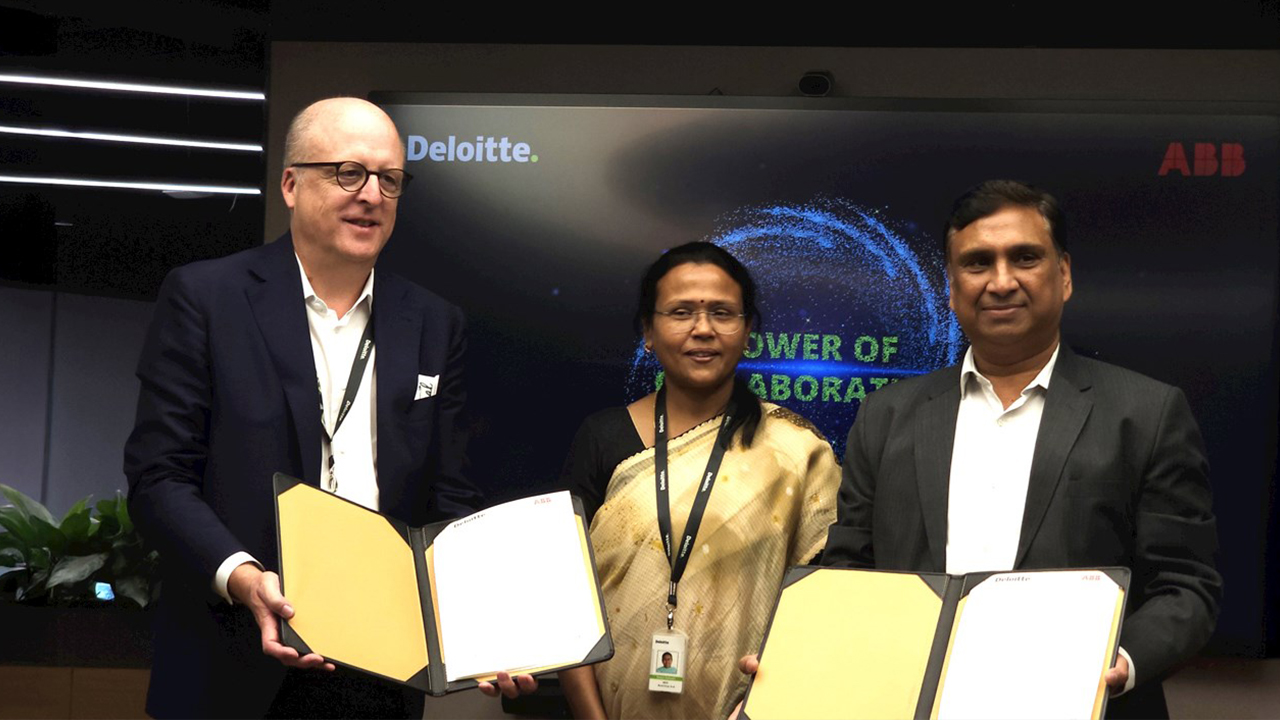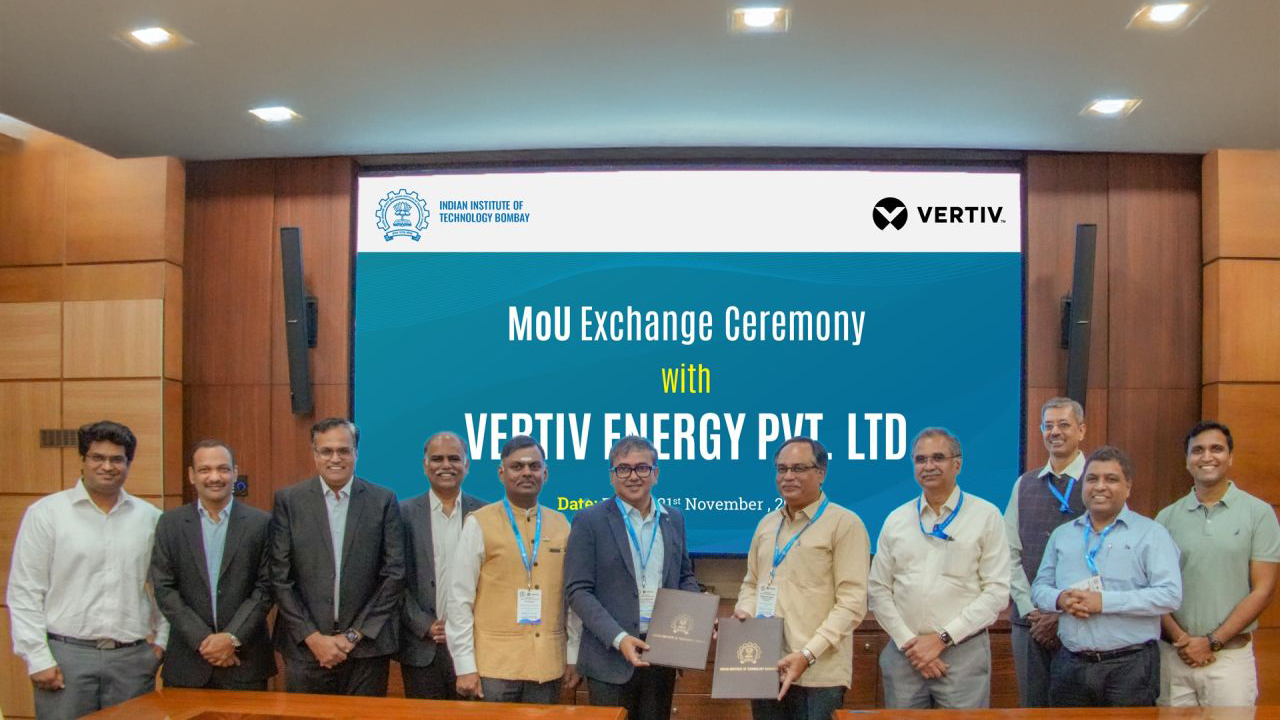Balasore Alloys unlocks success with Digital Transformation and by reducing the Skill Gaps
#Metals #Manufacturing #PlantAutomation #UpskillingThe country possesses many age-old organizations who have changed the course of Indian manufacturing sector. Mr. Sureshbabu Chigurupalli, Plant Head, Balasore Alloys Ltd., shares with Pro MFG Media the significance of automation, challenges with old plants, and highlights their focus on upskilling the workforce.
While more and more businesses are realizing the benefits of automating tedious and repetitive tests and processes, new automation technologies have been emerging and existing automation technologies have been rapidly improving. Balasore Alloys has twice been awarded by Total Productive Maintenance (TPM) and is working closely with the Japan Institute of Plant Maintenance. They have applied Japanese concepts and have adopted a documented system hence easing the process for any newcomers
As far as technologies are concerned, they are the pioneers in implementing a resistance-based submerged arc furnace electronic control system. The technology helps to measure the electrode penetration inside the submerged arc furnace, which optimized their production, and the yield, known as chrome recovery, has amplified. Apart from that, the production level and quality have enhanced due to the application of new technology. Balasore Alloys have automated all the charging and raw material systems, which have reduced the manual intervention.
The organization has implemented an energy management system (EMS) software to monitor the energy that helps to derive comprehensive energy reports and data analytics. The reports and data further help the organization to comprehend the gaps and mitigate the gaps. It is essential to reduce and optimize the energy consumption as it is approximately 40% of the manufacturing cost. The new technologies have helped the organization to reduce and optimize the resources. In fact, the implementation of the TPM method minimized the use of resources on the shop floor. In the future, they are also planning to automate the safety segment along with the robotic process automation for the finance & accounts department. Apart from that, they are also preparing to implement Bots in their supply chain management division.
Although everyone in the industry is talking about automation or adopting 4.0 technologies, the initial step is to alter the staff's preconceptions. The shop floor staff or any administration are used to a particular process for a long period and imposing any new process creates chaos. Therefore, it is essential to first introduce automation before implementing any advanced technology in the system. Usually, any organization implements the technology in selected areas, and after accessing the benefits, deploys the technology to other shop floors.
Balasore Alloys focuses on upskilling and integrating the new skillsets in the workforce. They have applied a similar system in their raw material segment. The visible benefits make it easier for the staff to embrace the change. The implementation of the process is always dependent on the employee's adoption of the new technology.
Although the organization has implemented automation in various segments, utilizing them in the most appropriate ways still is a challenge. Being one of the oldest plants, the employees working are aged, thus learning new technologies, remains an issue. In simple words, the new trends are changing aggressively, but employees are turning old. Hence, currently, they are focusing on employee’s upskilling and training them for efficient productivity.
The organization has adopted a collaborative approach to resolve the upskilling issue, wherein the technology team and the internal team will support its upskilling & reskilling program. In this program, both teams are responsible to train the elderly staff. The Ferrochrome industry is losing its veterans hence, with the help of the technical support team, the organization has committed to creating a curriculum that will train the new staff and the existing staff. The lack of upskilling will again create a skill gap in the organization, which will leave no significance to the implementation of advanced technologies or automation.
NEWSLETTER
TRENDING ON PRO MFG
MORE FROM THE SECTION









